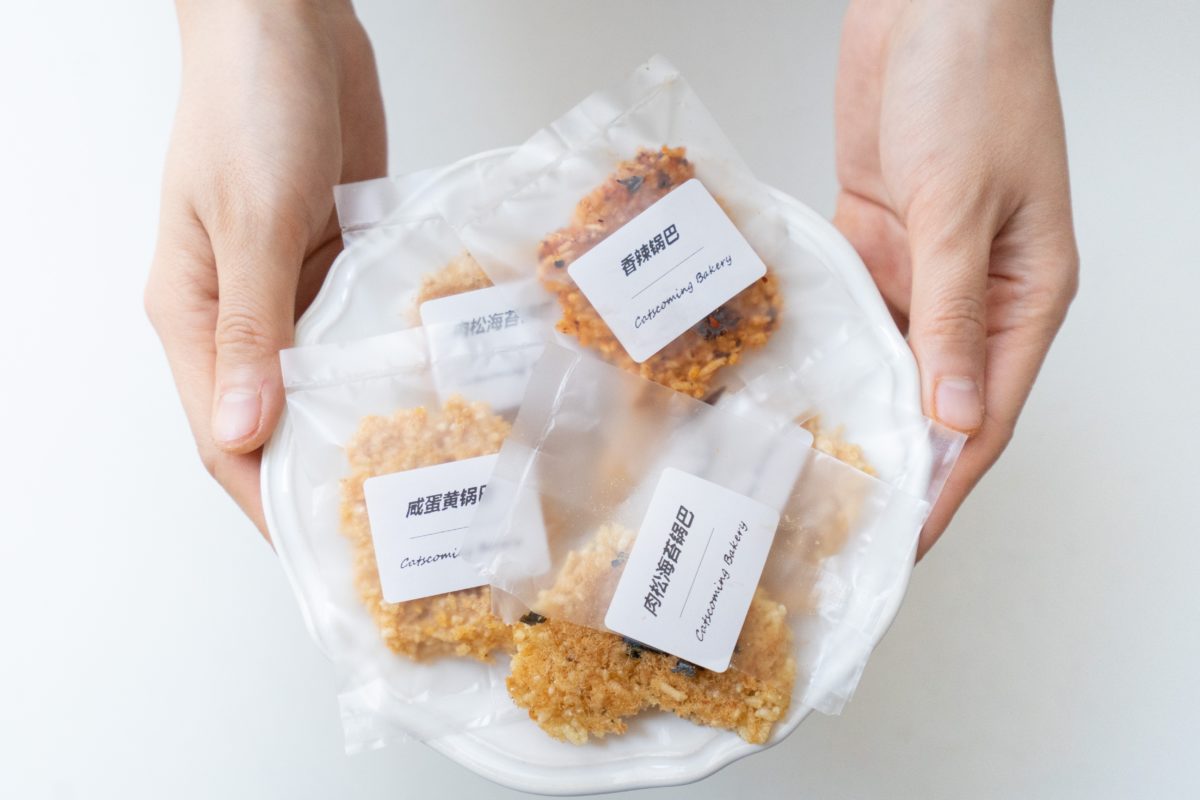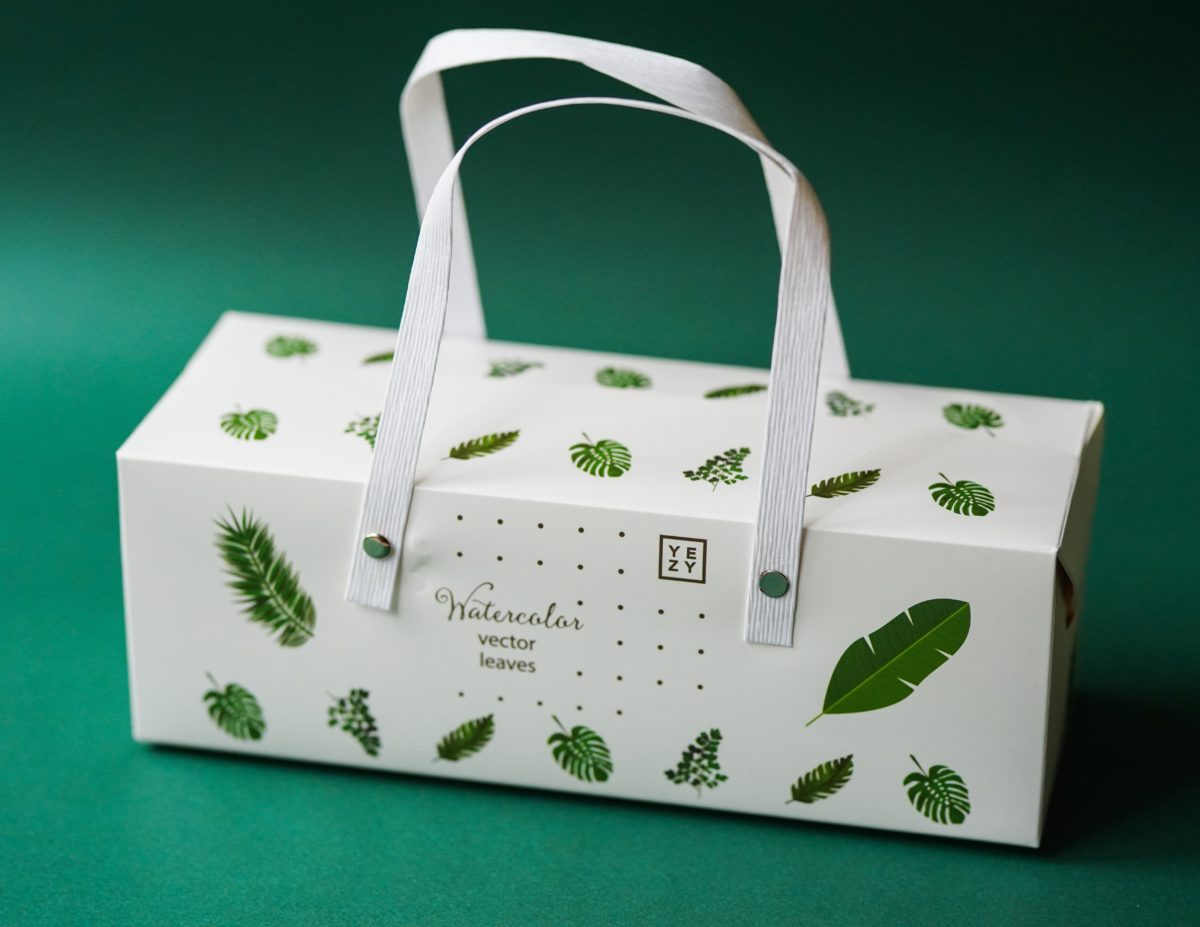Without realizing it, your lifestyle centers around consumer packaged goods. Consumer packaged goods involves hours of advertising, data analysis, marketing, content creation, rebranding, etc. And for what? That bottle of laundry detergent you buy every two weeks from your local supermarket?
To the average consumer, a bottle of laundry detergent may just be an essential item that you buy fairly often, but to brands, businesses, and the consumer goods market, that laundry detergent is a small part of a global industry that, in 2019, was estimated to be worth a total of $635 billion. We will discuss everything relating to consumer packaged goods- from how the industry has changed through the years and what consumer packaged goods stands for in marketing.

Table of Contents
What Does CPG Mean?
CPG stands for consumer packaged goods. It’s also called FMCG, or fast moving consumer goods. Most often, people use CPG in America, whereas FMCG is a popular term in Europe, Asia, and Oceana. These terms are industry terms for products or merchandise that gets used up and replaced frequently.
An Introduction to Consumer Packaged Goods
The consumer packaged goods industry falls underneath the sector of the consumer goods market, an industry that contributes 10% of all U.S. GDT. It has four general categories: convenience, shopping, specialty and unsought goods.
From the consumer’s perspective, consumer packaged goods entail low-priced items, frequent purchases, items with little engagement, items with short shelf lives, rapid consumption items, and items that are frequently price-compared.
CPG Examples
All this said, what are these items? If you have ever walked into a supermarket, you have seen them. They are merchandise that include hand soap, cookies, deodorant, mascara, and diapers. These items are purchased very frequently and made in large quantities which means their turnover is high, as well.
Some consumer packaged goods are perishable like meat, seafood, and dairy which means they don’t stay on the shelf as long as dry food goods like crackers, cookies, and chips. The margins for dry goods is incredibly low because the prices of these items are generally inexpensive. However, businesses make up for that in quantity.
The high volume of product made and extensive distribution of the product makes consumer packaged goods a dream for brands. Typically these products are sold in brick and mortar stores, but with the shift to digital, a lot of retailers have chosen to move online, however we will get more into that later.
Branding is an important factor in the consumer packaged goods industry, but goods typically considered “generic” (or sold by the retailer themselves) are also a part of CPG. Branding is only a part of CPG. The physical products are consumer packaged goods.

Consumer Packaged Goods Examples
We’ve looked at the definition of consumer packaged goods, but let’s now take a look at some common examples and brands that are known for being a part of the CPG industry. The leading companies in the development and sales of consumer packaged goods are Procter & Gamble, Johnson & Johnson, General Mills and Clorox.
You can find these brands at most supermarkets and general stores in the U.S. This is why they hold a huge stake in the consumer goods market. With a high distribution rate, many products that fall under a parent company, and global advertising, lead in the consumer packaged goods industry.
Contact Lens Example
To give you better insight, let’s look at the following example. John is a contact wearer. Every night, he removes his contacts and puts them in his contacts case, which is cleaned every night using saline solution. Before John puts on his contacts in the morning, he uses eye drops. Because he is a loyal consumer, John only buys contact solution and eye drops from Brand A. The frequency rate at which he buys his contact solution is once a month. He buys new eye drops once every two months. Let’s break down this example:
Products from Brand A (Umbrella Brand) include the contact case, contact solution, eye drops and contacts. (Yes, brands are also behind contacts even though a prescription is needed and is technically not sold on retail shelves.)
Brand A, in this example, knows that John is a loyal customer because he is a contact wearer. He will be making frequent purchases in order to help with his daily needs. The brand doesn’t make a high profit from these individual purchases, but with John’s monthly purchases and the purchases made by John’s mom, neighbor, and former teacher (who are all contact wearers), the high inventory turnover for these products yields a massive net profit for these companies.

Consumer Packaged Goods vs. Durable Goods
Before we get into what differentiates consumer packaged goods from durable goods, let’s look at what a durable good is. A durable good is considered merchandise that isn’t purchased frequently. This can be slightly confusing because both consumer packaged goods and durable goods both fall under the consumer goods industry. Examples of durable goods can be furniture, appliances and vehicles.
These types of goods are more expensive to produce and buy. During a recession, consumer packaged goods remain relatively unchanged. On the other hand, durable goods are purchased at an even lower rate than standard.
Consumer Packaged Goods in the Digital Age
Typically, consumer packaged goods are found in brick and mortar stores, but because of the spike in digital e-commerce in the last few years, consumer packaged goods can now either be found on an entirely digital site, or be a part of a separate e-commerce website. An example of this is Amazon Prime Pantry. Amazon merged with Whole Foods to become a full stop shop for product merchandise and groceries. They use the popular click and select method for consumers. This entails ordering then paying, followed by getting notified and lastly pickup or delivery.
Mobile compatibility for ecommerce websites has also become a huge factor in the switch from traditional retail shopping of consumer packaged goods to digital buying. This, with the switch to digital coupons and credit card loyalty programs like Honey, Retailmenot, and couponcabin, have changed the market for how consumer goods are sold.
Since the outbreak of Covid-19 in 2020, this option for ecommerce purchasing on consumer product goods has been an incredibly popular way of shopping due to government regulations on public outings.
Consumer Packaged Goods in Retail
The spike in digital purchasing of consumer goods altered the market, but consumers primarily purchase consumer packaged goods at brick and mortar stores. Limited shelf space in physical retail stores and changing brand loyalty account for increased competition within the consumer packaged goods brand industry. Many factors go into brand competition such as packaging, shelf space, and even shelf location. All of these contribute to the specialized marketing that goes into the consumer goods industry and why CPG marketing is so effective.

What Does Consumer Packaged Goods Stand for in Marketing?
With brands fighting for space on retail shelves and looking for ways to stand out in a crowded market, marketing is a tactic that is necessary for brand survival. Digital ad spending in the US consumer packaged goods industry will increase 5.2% to $19.40 billion this year, making it the third-largest spender behind retail and financial services. Let’s look further into a few implemented marketing tactics used by the consumer packaged goods industry.
Proprietary Technological Development
As discussed previously, digital development in CPG purchasing has changed the market for how consumers buy their products. The way companies keep up with this is through a diverse digital strategy that allows consumers to be able to use different methods of purchasing. An example of this can be third party mobile shopping apps. Consumers tend to gravitate towards convenience and brands are aware of this. Apps like Instacart, Postmates, and Peapod have created a hub for brands to market their products through convenience apps rather than brick and mortar stores.
Use of Data Analytics
It may not seem like brands target specific people, but that isn’t the case. Although we find cookies on the same shelf at a store, one brand will sell out more than another. The main reason for this is through the use of data analytics. Brands and businesses use data in order to learn who they need to market to and how. When competition is high, brands will need to know what their consumer wants to differentiate themselves and sell their product.
Multi-Channel Strategies
Content marketing is not only for influencers. The CPG industry uses content marketing more than you might be aware of. Coca Cola’s “Share a Coke” campaign succeeded because of customer involvement. Brands can no longer just be a product to buy. For customers to build loyalty, they need to be involved. This done through YouTube videos, social media campaigns, and sponsored content.
For further information and help with your CPG marketing strategy, check out SEO Design Chicago’s CPG Marketing section today!


Contact Us Today!